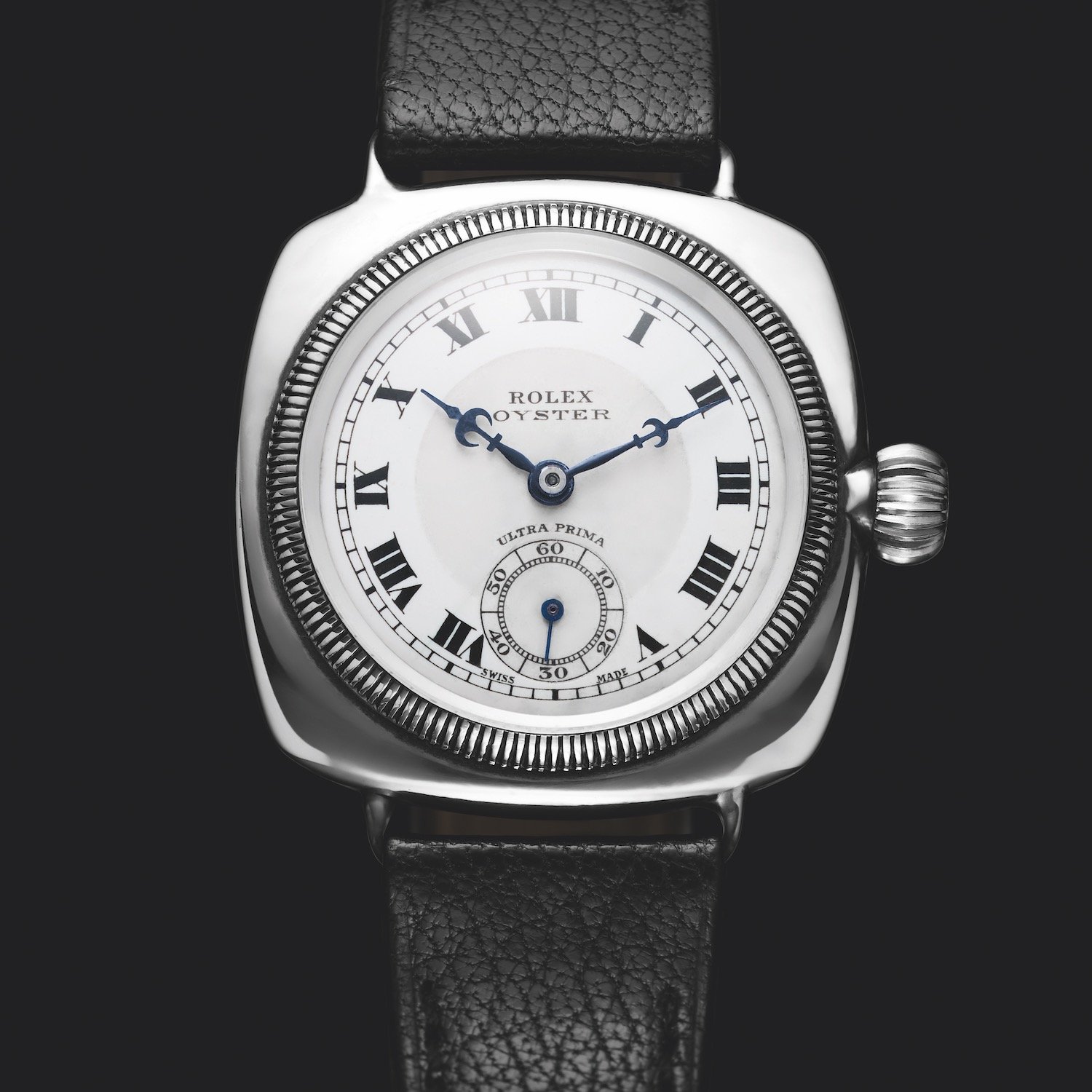Introduction
Rolex is a name synonymous with luxury, precision, and timelessness. The brand has had a monumental impact on the world of horology over the last century. Yet, every journey begins with a single step. For Rolex, that first step was the creation of its first watch. The first rolex watch laid the foundation for a legacy that continues to captivate watch enthusiasts and collectors around the world.
In this comprehensive guide, we will dive deep into the history of the first Rolex watch. We will explore its origins, design, features, and impact. We will also discuss the brand’s evolution and how Rolex captured the hearts of watch aficionados. By the end of this article, you will understand the significance of the first Rolex watch and why it remains an iconic piece in the world of horology.
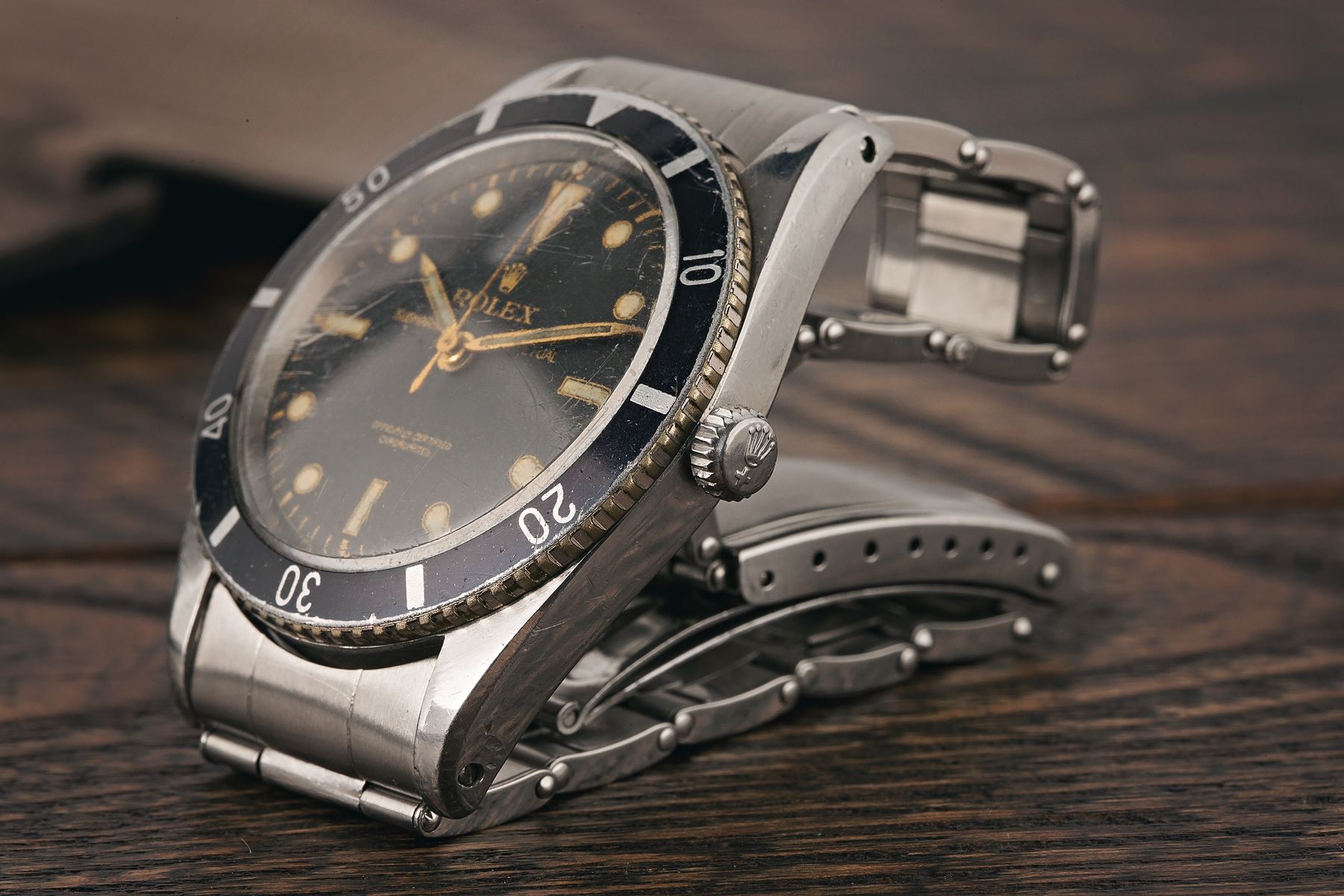
The Origins of Rolex
Founders and Early Days
Rolex was founded in 1905 by Hans Wilsdorf and Alfred Davis in London, England. Initially known as “Wilsdorf & Davis,” the company specialized in importing high-quality Swiss movements and placing them in watch cases crafted by Dennison. These early watches were then sold to jewelers, who would later add their own branding to the dials. The company sought to create a brand that symbolized precision and reliability. Hans Wilsdorf, driven by a vision of creating the world’s most accurate wristwatch, sought to establish a name that would be easily recognizable and stand for quality.
The Birth of the Name “Rolex”
In 1908, Hans Wilsdorf registered the trademark “Rolex” and opened an office in La Chaux-de-Fonds, Switzerland. The name “Rolex” was chosen because it is easy to pronounce in any language and could fit neatly on a watch dial. Wilsdorf’s decision to trademark the name marked the beginning of a brand that would become synonymous with innovation and excellence. The establishment of the name Rolex was a turning point. It allowed the brand to create a unique identity in the market. The name resonated with Wilsdorf’s vision of producing high-quality and reliable timepieces.
Relocation to Switzerland
In 1919, Rolex moved its operations to Geneva, Switzerland, a city renowned for its watchmaking heritage. This move allowed Rolex to strengthen its commitment to producing high-quality Swiss watches. The relocation to Switzerland was a strategic decision. It positioned Rolex in the heart of the watchmaking world, enabling it to tap into the expertise and craftsmanship that Switzerland is known for. This decision paved the way for the company’s future successes and solidified its reputation as a maker of luxury timepieces.
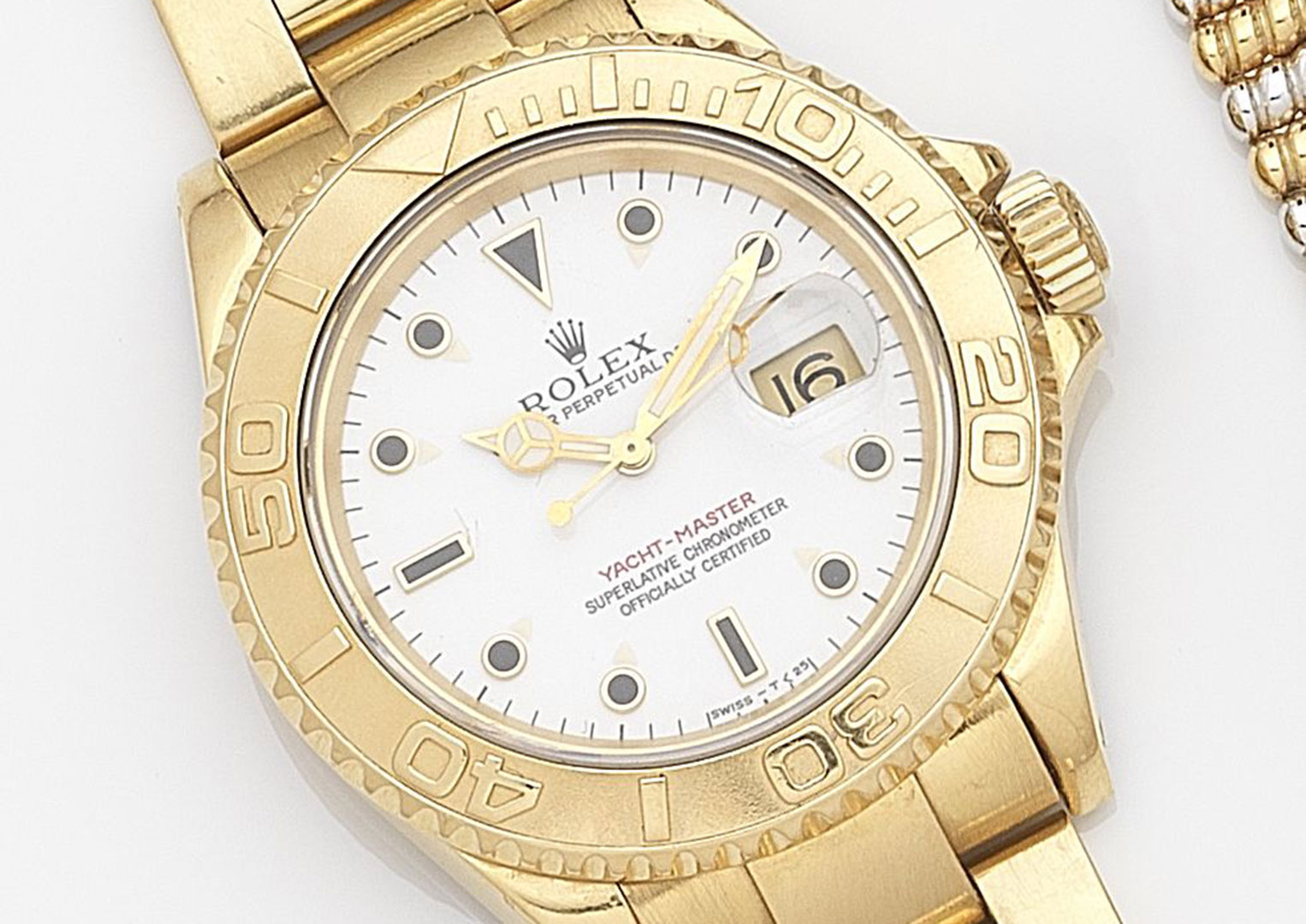
The First Rolex Watch: The Genesis
Inspiration and Vision
Hans Wilsdorf was a visionary who recognized the potential of wristwatches at a time when pocket watches were the norm. He sought to create a wristwatch that would be both precise and reliable. The first Rolex watch was born out of this vision. Wilsdorf’s dedication to accuracy led him to use high-quality Swiss movements. These movements were known for their precision and reliability. He believed that a wristwatch could be as accurate as a pocket watch, if not more so. This belief drove him to create a timepiece that would stand the test of time.
The Launch
The first Rolex watch was launched in 1908, soon after the company was renamed. This milestone marked the beginning of Rolex’s journey as a leading watchmaker. The watch featured a high-quality Swiss movement encased in a robust and elegant design. It was a wristwatch that combined beauty with functionality. The launch of this watch was a significant step in establishing Rolex as a reputable brand in the horological world. The watch was not just a timepiece; it was a statement of quality and innovation. It set the standard for future Rolex watches.
Initial Reception
The initial reception of the first Rolex watch was positive. It was praised for its accuracy and elegant design. Both consumers and critics recognized the quality and craftsmanship that went into its creation. The watch quickly gained a following among those who valued precision and reliability. The positive reception helped establish Rolex as a brand synonymous with quality and excellence. Wilsdorf’s vision of creating an unrivaled wristwatch began to take shape. The first Rolex watch laid the foundation for the brand’s future success.
Challenges and Triumphs
The journey to creating the first Rolex watch was not without challenges. Hans Wilsdorf faced skepticism from those who doubted the practicality of wristwatches. Despite these challenges, Wilsdorf remained committed to his vision. His persistence paid off, and the first Rolex watch proved that a wristwatch could be both precise and stylish. The triumph of overcoming these challenges solidified Rolex’s reputation as a brand that pushes boundaries and strives for excellence. The first Rolex watch was a testament to Wilsdorf’s determination and vision.
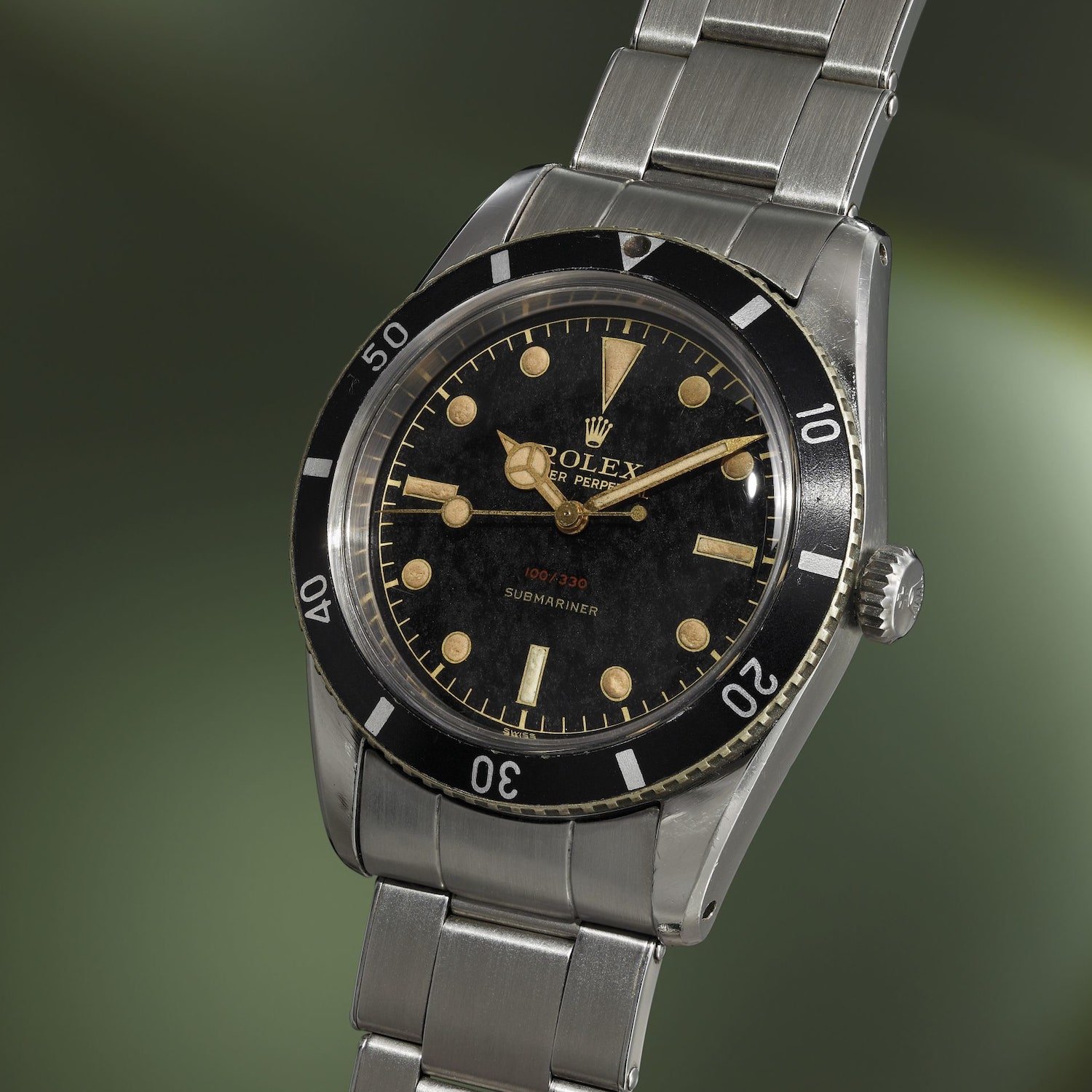
Design and Features of the First Rolex Watch
Aesthetics and Craftsmanship
The first Rolex watch was a masterpiece of aesthetics and craftsmanship. It featured a classic design that exuded elegance and sophistication. The watch case was meticulously crafted, and the dial was designed for readability and simplicity. The hands and hour markers were finely detailed, reflecting the brand’s commitment to precision. The first Rolex watch was not only a timekeeping instrument but also a work of art. Its design elements set the stage for future Rolex models, which would continue to be known for their timeless beauty and exquisite craftsmanship.
Movement and Accuracy
At the heart of the first Rolex watch was a high-quality Swiss movement. This movement was renowned for its accuracy and reliability. Hans Wilsdorf’s dedication to precision led him to choose only the best movements for his watches. The first Rolex watch was a testament to this commitment. The watch’s movement was carefully calibrated to ensure accurate timekeeping. This focus on accuracy would become a hallmark of Rolex watches. The first Rolex watch established a standard of quality that the brand would continue to uphold.
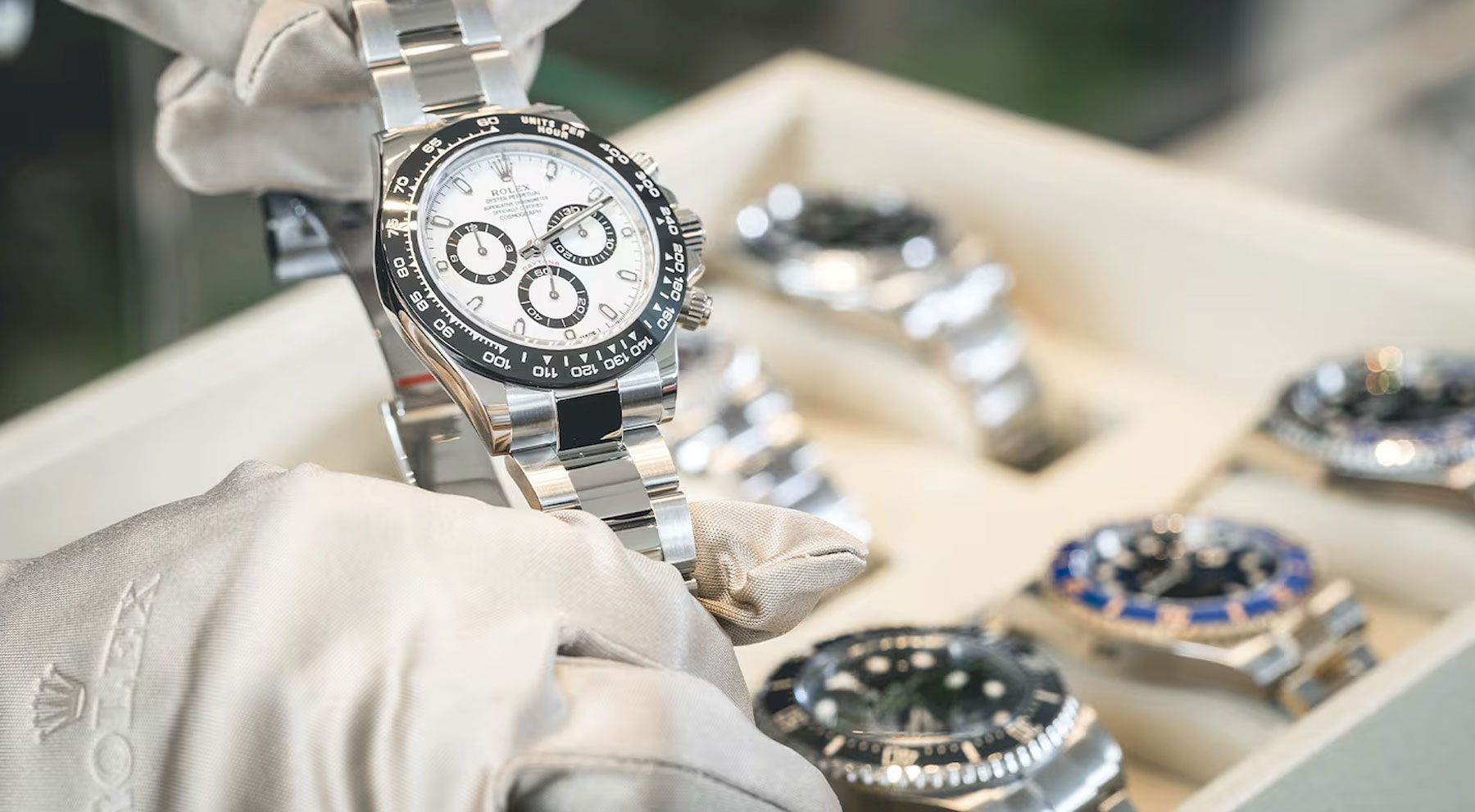
Materials Used
The first Rolex watch was crafted from high-quality materials. The watch case was likely made from stainless steel or a precious metal, ensuring durability and longevity. The attention to detail extended to every aspect of the watch, from the bezel to the crown. The choice of materials reflected Rolex’s commitment to quality and luxury. The use of premium materials set the first Rolex watch apart from its competitors. It established Rolex as a brand that values excellence in every detail.
Innovations Introduced
The first Rolex watch introduced several innovations that set it apart. One of the key innovations was the use of a waterproof case, known as the Oyster case. This innovation ensured that the watch was protected from dust and moisture, enhancing its reliability. Another innovation was the use of an automatic winding mechanism, which eliminated the need for manual winding. These innovations showcased Rolex’s commitment to pushing the boundaries of watchmaking. The first Rolex watch was a pioneer in horological innovation. It laid the groundwork for future advancements.
